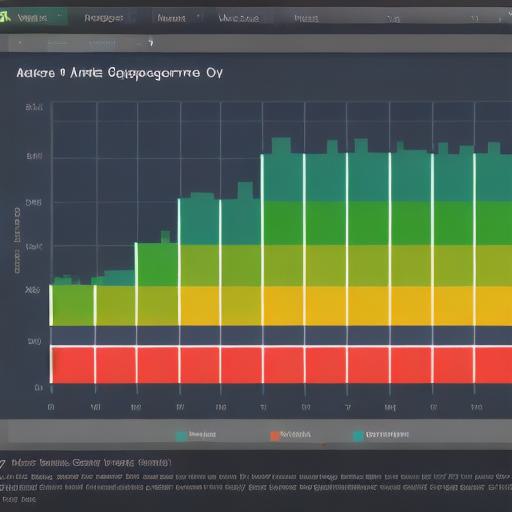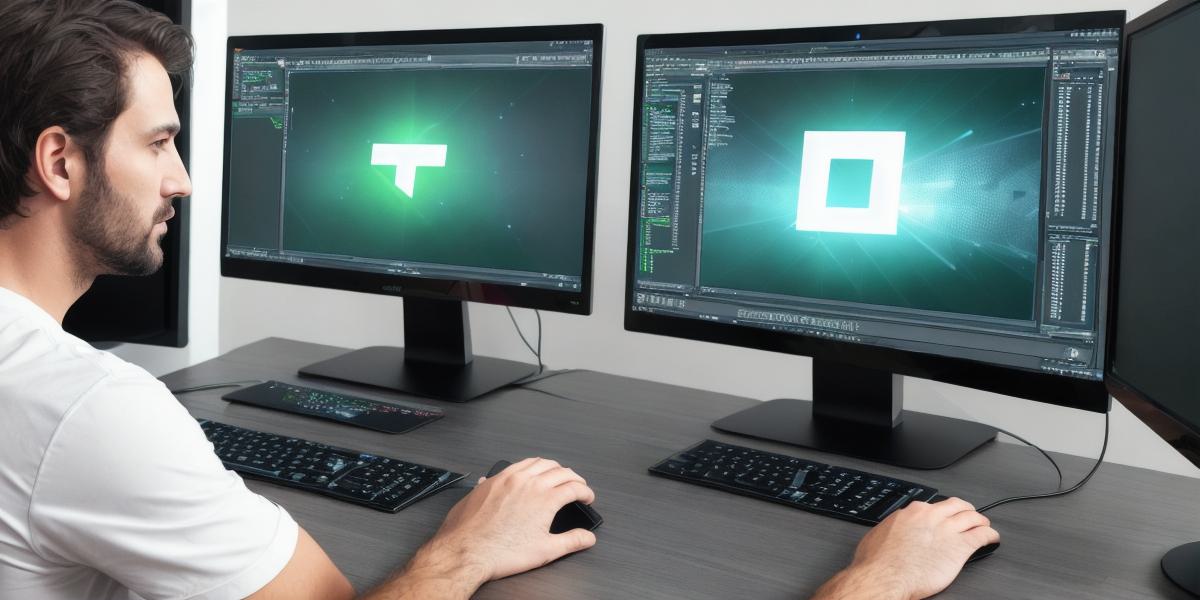Introduction
In the realm of game development, creating engaging and interactive experiences is a top priority. One of the essential elements that contribute to this immersive experience is collision detection. This process allows games to recognize when objects or characters collide with one another, enabling a multitude of behaviors, interactions, and gameplay mechanics. Unity3D, a popular game engine, offers an efficient solution for handling collision detection: ZTest.
**What is Unity’s ZTest?
**
ZTest, specifically the “Z Test” culling mode in Unity, is a technique used to optimize rendering and collision detection processes. By sorting game objects based on their distance from the camera, this method ensures that only objects within a specific range are processed for both rendering and collision detection. This leads to significant performance improvements, especially when dealing with large and complex scenes.
**Why is Unity’s ZTest Significant in Game Development?
**
1. **Optimization:** ZTest enables developers to optimize their game engines by reducing the number of objects that need to be processed during rendering and collision detection. By only considering objects within a specific range, game engines can save valuable processing power, leading to smoother performance.
2. **Improved Gameplay Mechanics:** Accurate collision detection is crucial for creating immersive gameplay experiences. ZTest allows developers to create complex interaction systems and dynamic environments without worrying about the computational cost of handling all objects at once.

3. **Realistic Physics:** Simulating realistic physics in games requires precise collision detection, which can be resource-intensive. Using ZTest, developers can improve physics simulations by focusing on the objects that are relevant to the current situation, ensuring more accurate and efficient interactions.
4. **Better Visual Effects:** Creating visually stunning effects, such as particle systems or environmental destruction, can be computationally expensive. With ZTest, game engines can optimize rendering and collision detection for these elements, allowing developers to add rich visual experiences without sacrificing performance.

5. **Easier Debugging:** By focusing on objects within a specific range during rendering and collision detection, developers can more easily identify issues related to these processes. This results in faster debugging and problem-solving, making game development more efficient and less frustrating.
**Conclusion**
In summary, Unity’s ZTest is an indispensable tool for game developers seeking to create engaging and immersive experiences while maintaining optimal performance. By optimizing rendering and collision detection processes, ZTest enables developers to focus on the objects that matter most at any given moment. This leads to improved gameplay mechanics, realistic physics, better visual effects, and easier debugging, ultimately resulting in a more enjoyable gaming experience for players.
